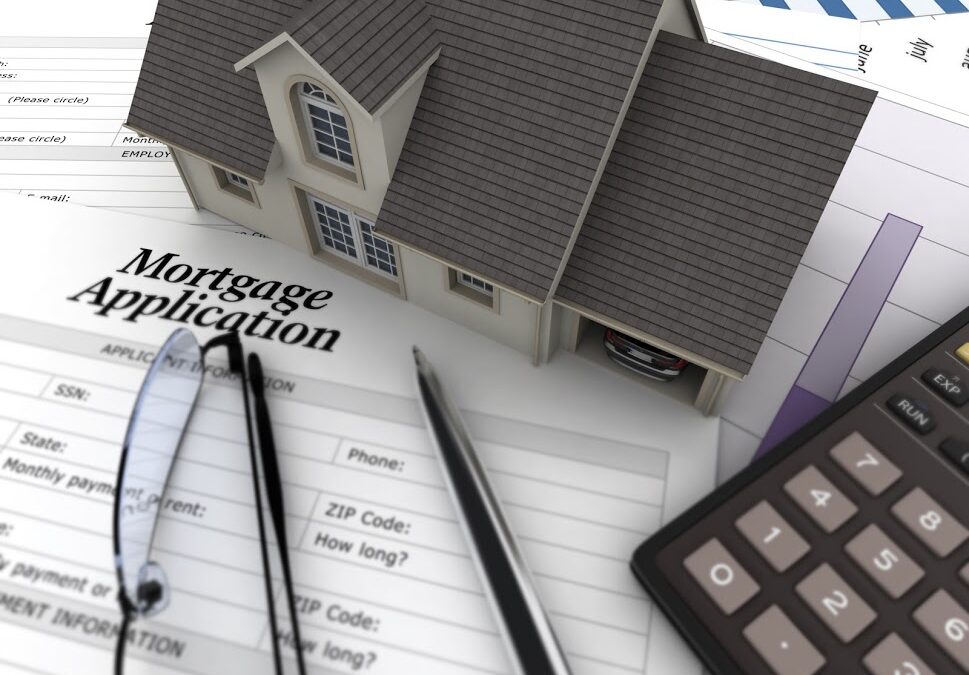Do you plan to buy your first home and seek a mortgage in the next year or two? If so, you have an excellent opportunity to get the best deal and have the easiest process possible by taking some steps now. What are some of these steps any potential borrower can and should take? Discover five of the most valuable.
1. Understand the Lending Process
If this is your first time trying to get a mortgage, educate yourself about what to expect. A mortgage loan can be complicated and drawn out compared to most forms of credit, and it has some unusual quirks. You’ll be less stressed when you understand these.
Learn about the differences and benefits of loan pre-approval and pre-qualification. Find out what documents will be necessary. Learn the various criteria, such as how much other debt you can have. Familiarize yourself with how contingencies affect the process. And get to know the length of time each step can take.
2. Improve Your Credit Score
How is your credit score? Ideal credit scores for mortgages are around 740 and above. You may still be able to get approved with a 620 score or even less. But the better you can make yours while you have time, the more options you’ll have and the more money you will save later.
First, pull your credit history, perhaps through a free tool like Annual Credit Report. Examine it to ensure that everything is accurate. Dispute any inaccuracies as soon as possible. Then, take targeted steps like reducing hard credit inquiries, paying off certain debts, reducing the percent of credit being used, avoiding the regular use of a credit card, and making timely payments.
3. Learn About Mortgage Options
Today’s borrowers have a plethora of options to find a mortgage product that suits them. You can choose conventional mortgages and nonconventional. You may need a jumbo mortgage for a more expensive home. Many borrowers qualify for FHA mortgages with lower down payments or VA mortgages if they were in the service. You might even opt for private loans.
Mortgage options include many different term lengths, different requirements on down payments, different minimum credit scores, different documentation requirements, and different maximum debt amounts. If you narrow down your list of preferred loan types now, you’ll save time and money when you prepare to buy one.
4. Build a Down Payment
The more down payment you have available, the more options you will have for a loan and a property. While a number of modern mortgage options, such as VA loans or FHA loans, require little or no down payments, you will often be limited to these if you only plan for a minimal amount. The closer you can get to 10% or 20% of your price range, the more loans and lengths you can choose from.
5. Reduce Your Debt-to-Income Ratio
Finally, calculate your debt-to-income ratio. This underappreciated number is the percent of your income being used to make minimum debt payments. If your gross pay is $5,000 per month and you spend $800 on a car loan and credit card payments, your ratio is 16%. If you add $1,000 mortgage payments, the ratio is now 36%.
Lenders generally want to see your ratio under 50%. Some want it to be less than 28%. So, clearly, the lower you can make your ratio before factoring in a mortgage, the more room you have to work with and still qualify.
Even though you aren’t quite ready to pull the trigger on a mortgage, you have much to keep you busy in preparation. Start by meeting with a lender to answer some of your questions and start researching. Dominion Capital Mortgage Inc. can help. Call today to make an appointment with our experienced team.

